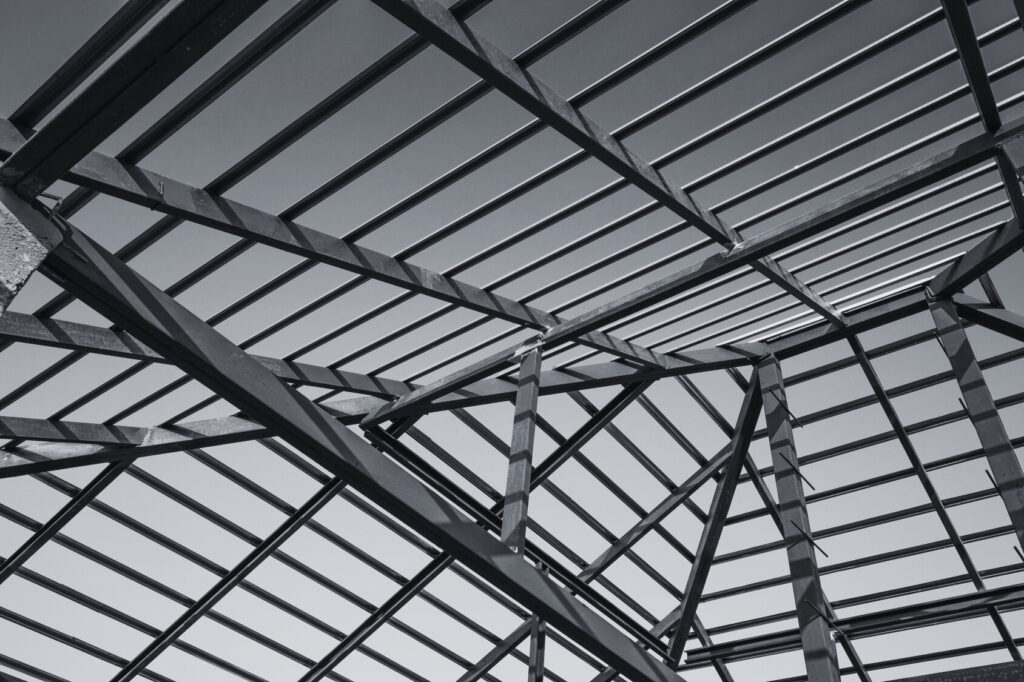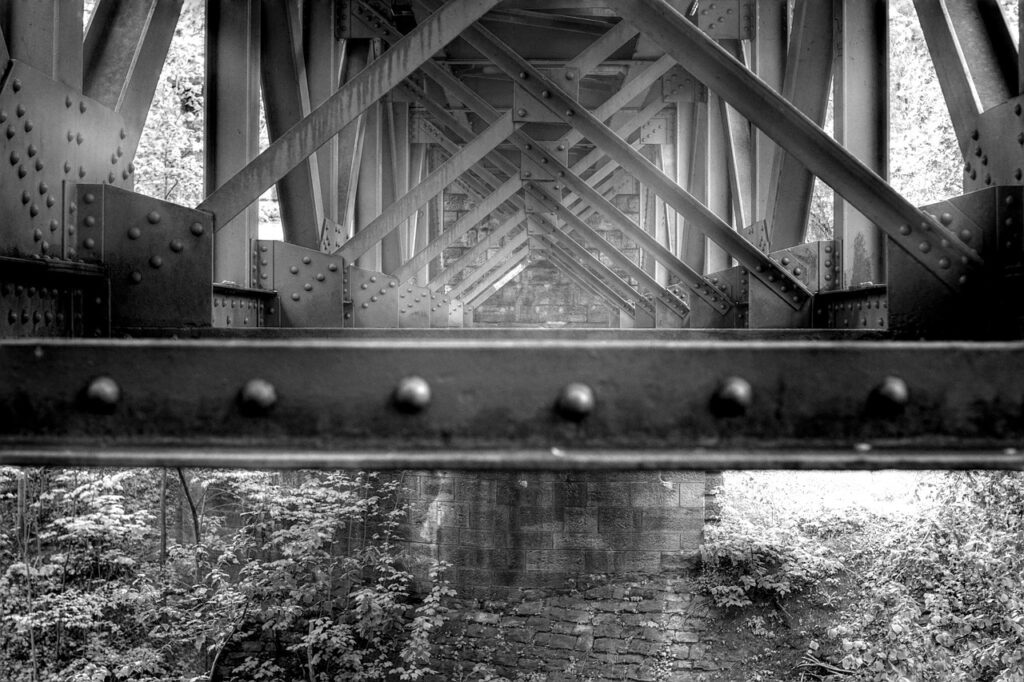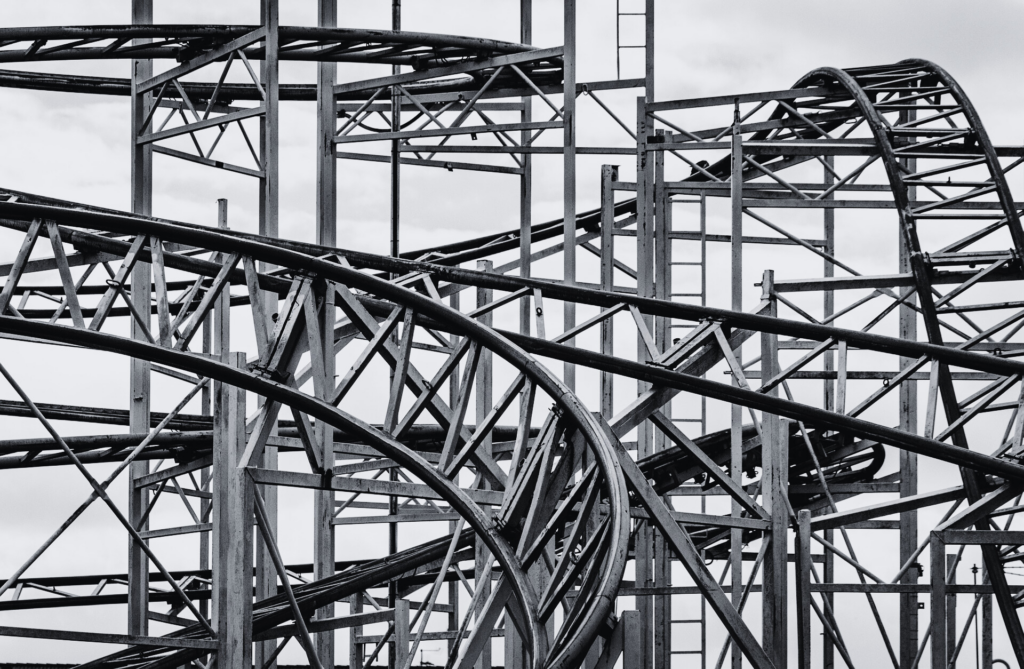Understanding Steel Trusses

When you look up at the roof of a warehouse, gymnasium, or bridge, you’re likely seeing the elegant engineering of steel trusses at work. These triangulated frameworks are an important part of structural engineering, efficiently spanning large distances while carrying substantial loads. Let’s dive into what makes trusses so special and how the American Institute […]
Understanding Erection Drawings in Structural Steel Construction

In structural steel construction, clear communication between design, fabrication, and erection teams is essential. One of the most critical tools used to achieve this clarity is the erection drawing. These drawings serve as a bridge between the detailing office and the site, providing field crews with the information they need to assemble the steel structure […]
Essential Structural Components of Steel Constructions

In the world of structural steel, precision in detailing is what turns conceptual engineering into constructible reality. Whether it’s placing a girt clip at the right elevation or coping a flange for a clean fit, each component tells a story of stability, economy, and buildability. This post walks through several commonly used steel construction elements […]
Vertical and Horizontal Bracing

What is Bracing? Bracing systems are essential structural elements designed to resist lateral forces such as wind, seismic activity, and mechanical loads. These systems enhance a building’s stability by minimizing sway and reducing the risk of collapse. A well-planned bracing arrangement ensures the structural integrity of the building while safeguarding its occupants. Bracing can be […]
Columns

In structural steel construction, columns are critical components. These vertical members carry the weight of the structure above, floors, roofs, and any applied loads, and transfer them safely to the foundation below. Whether you’re designing a small commercial structure or a multi-story tower, understanding columns is essential to ensuring safety, stability, and efficiency. […]
Simple Shear Connections

In structural steel design, the AISC Specification classifies connections into two primary categories: simple connections and moment connections. Moment connections are further divided into: ● Fully Restrained (FR) – Also known as “rigid-frame” connections, these have sufficient rigidity to maintain the angles between intersecting members.● Partially Restrained (PR) – These connections allow some degree of […]


